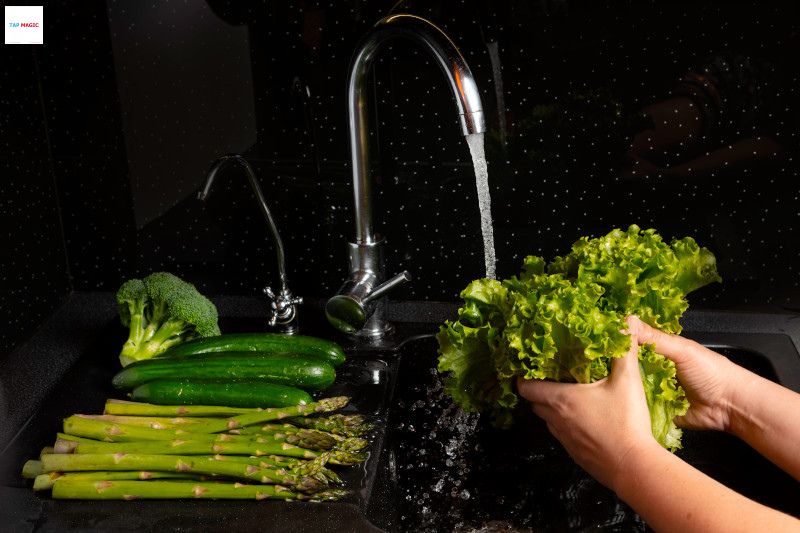
Water is often referred to as the universal solvent due to its remarkable ability to dissolve a wide variety of substances. This ability results in the presence of numerous dissolved particles in water, collectively known as Total Dissolved Solids (TDS). Knowing the TDS level of your water and understanding the specific dissolved solids it contains can provide valuable insights into your water quality. This article explores the different types of TDS, their impact, and ways to reduce TDS levels for better water quality. All these will help you to determine the quality of your water before installing a quooker tap in your home.
Total Dissolved Solids (TDS) refer to the total concentration of organic and inorganic substances present in water. These substances include metals, minerals, salts, and ions. Essentially, TDS measures everything in water except the water molecules (H2O). When water encounters various soluble materials, it absorbs particles from these materials, leading to the formation of TDS. The sources of TDS in water are diverse, ranging from natural springs and chemical treatments in municipal water supplies to runoff from roads and domestic plumbing systems.
The following are common total dissolved solids that might be found in water:
Sources of TDS
TDS can originate from both natural and anthropogenic (human-made) sources.
According to the EPA’s secondary drinking water regulations, the recommended maximum TDS level for drinking water is 500 parts per million (ppm). Water with TDS levels above 1000 ppm is considered unsafe for consumption, and if the level exceeds 2000 ppm, conventional filtration systems may not effectively filter out the contaminants. It is paramount that you check quooker tap reviews before buying a model.
The simplest method to measure TDS in water is by using a TDS meter. A TDS meter gives a reading in ppm, indicating the concentration of dissolved particles in the water. For example, a reading of 100 ppm means that there are 100 dissolved particles per million particles in the water. However, a TDS meter does not specify which types of dissolved solids are present. To get a detailed analysis of the specific contaminants, a home water test kit or a professional lab analysis is recommended. Additionally, water suppliers are required to maintain water quality reports, which can be requested for further information.
Measuring TDS levels in your water is essential for several reasons:
While high TDS levels can affect the taste and odor of water, they are not always harmful to health. However, water with TDS levels above 500 ppm should be tested for toxic substances like heavy metals, pesticides, and herbicides. If your quooker boiling water tap dispenses water with TDS levels exceeding 1000 ppm is generally unsafe for consumption. It is crucial to identify the specific dissolved solids in your water to determine any potential health risks.
Low TDS water is not harmful and often indicates high-quality water. However, it may taste flat due to the absence of minerals. If you use a reverse osmosis system, consider adding a remineralization post-filter to reintroduce essential minerals and improve the taste. Quooker taps usually come with various filtration accessories and installing them is safe & helpful.
For hydroponics or growing plants, TDS levels play a critical role in nutrient delivery. For example, roses thrive at TDS levels around 1000-1100 ppm, while vegetables grow best at 900-1000 ppm. It is essential to know the types of dissolved solids in your water, as toxic ions can be absorbed by plants and affect their health.
Several water treatment systems can effectively reduce TDS levels, especially if they exceed 500 ppm. The most effective systems include reverse osmosis, water distillation, and deionization.
Understanding and managing Total Dissolved Solids (TDS) in water is crucial for maintaining water quality, health, and the longevity of plumbing and appliances. By measuring TDS levels, identifying specific contaminants, and implementing appropriate water treatment systems, you can ensure that your water is safe, pleasant-tasting, and suitable for all your household needs. Regular monitoring and maintenance of your boiling water tap will help you address any issues promptly and maintain optimal water quality for drinking, cooking, and even gardening. Embracing these practices can lead to significant long-term benefits for both your health and your home.